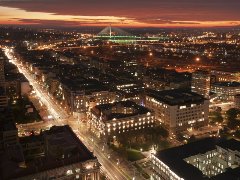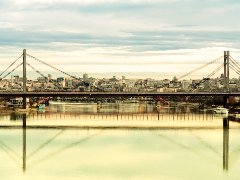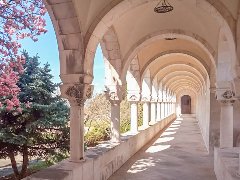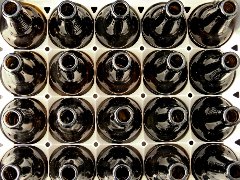
Karadjordjeva Street used to be the city center. The reason - simple. Because of the bad roads, full of holes and robbers it was not wise to transport goods in the usual way, on wheels. Trains have not arrived in the city yet. There was no talk about air traffic. The entire trade was carried out by ships, and the main port was in the same place as it is today. But without merchant ships. There are only tourist ones.
While going down the same Karadjordjeva Street, do not even imagine that there are lagumi (underground passages) below the concrete.
More than 150 years ago, there were no refrigerators and freezers, so keeping port products was science fiction. At the time of the rule, the Austrians began excavating about thirteen tunnels in the 18th century. The small towers that still exist on Kosancicev venac are ventilation openings, which are responsible for airflow in lagum, and not a loophole or embrasure or a place to monitor the occupiers, as many people think.
Lagumi, artificial caves were perfect for storing goods. Wine, fruit and everything with a certain shelf life that arrived to the Belgrade harbour was kept in the lagum. The temperature was always the same in them, the food was safe and traders did not have any worries.
Belgrade has exactly 15 underground passages - lagum.
Witnesses of history say that lagumi were made by the Aromanians that locals called Goge. Everything that the representatives of the Romance ethnic group native to the Balkans achieved by work, unfortunately, has not always been used only for trade purposes. Lagumi were often hiding places in turbulent times of war.
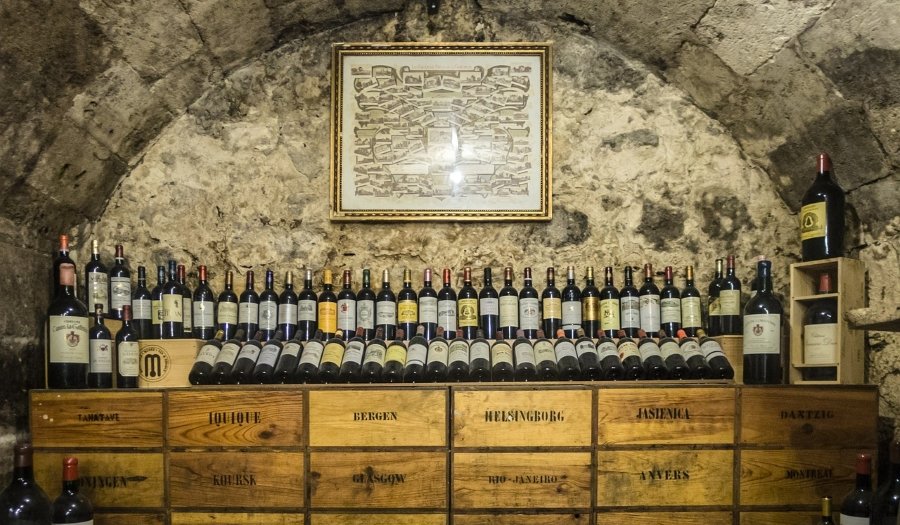
The same witnesses of history reveal another lesser known, and for Belgrade an important piece of information. If you think that Bohemian life originated in Skadarlija, you are wrong. The right answer is not the location around today's National Theater where the taverns were once the main thing.
Right there, between the Branko's Bridge and Kalemegdan, in Karadjordjeva Street, where there were more wine than in the whole city, Bohemian style was "born". Times change but not Bohemians. Both then and now, they live in a strong marriage with a song and a drink. In the heart of Savamala. The legend of the Belgrade artistic and Bohemian scene, Djura Jaksic, was a regular guest here. The irrefutable proof, the representative of old Belgrade is a winery located in lagum. It exists even today.


